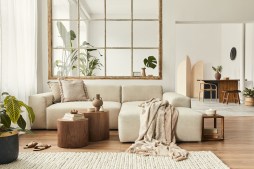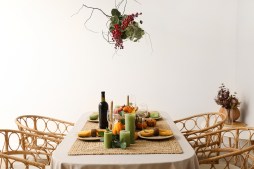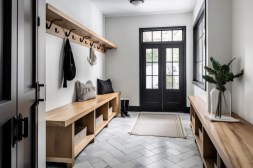Common Mistakes to Avoid When Building Your Own Bookshelf
Building your own bookshelf can be an exciting and rewarding project that adds both style and functionality to your home. However, beginners often encounter several common pitfalls that can lead to disappointment. In this guide, we’ll explore the mistakes you should avoid when embarking on your bookshelf-building journey, ensuring that your finished product is not only beautiful but also sturdy and practical.
Neglecting Proper Measurements
One of the most frequent mistakes is neglecting proper measurements. Before you start building, measure your available space carefully, taking into account ceiling height and any furniture nearby. It’s essential to ensure that your bookshelf fits perfectly into the designated area without overwhelming or underwhelming the room’s proportions.

Choosing the Wrong Materials
Selecting materials can make or break your project. Beginners may opt for cheaper wood choices without considering durability and aesthetics. Instead, invest in quality materials such as solid wood or plywood that will hold up over time. Also, consider the finish; untreated wood may warp or become damaged easily.
Ignoring Design Principles
Many DIY builders overlook fundamental design principles like balance and symmetry. A well-designed bookshelf should not only serve its purpose but also enhance the visual appeal of a room. Sketch out different designs before settling on one—consider how books will be displayed, as well as decorative elements like plants or photos.
Overloading Shelves
It’s tempting to cram as many books as possible onto each shelf; however, overloading can lead to sagging shelves or even structural failure. Be mindful of weight limits based on the materials you’ve chosen and distribute books evenly across shelves for balance while leaving some space for future additions.
Skipping Finishing Touches
Finally, don’t skip out on finishing touches. Many builders rush through this step thinking it isn’t necessary; however, sanding edges smooth and applying a protective finish can significantly impact both appearance and longevity of your shelf. A little extra effort here goes a long way in achieving a professional look.
By avoiding these common mistakes when building your own bookshelf, you’ll set yourself up for success in creating a functional yet stylish addition to any room in your home. Remember to plan thoroughly before starting—measure twice and cut once—and enjoy the process of crafting something uniquely yours.
This text was generated using a large language model, and select text has been reviewed and moderated for purposes such as readability.











